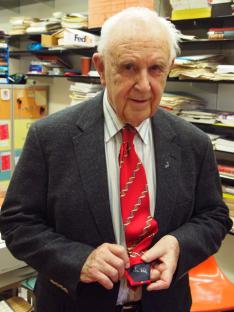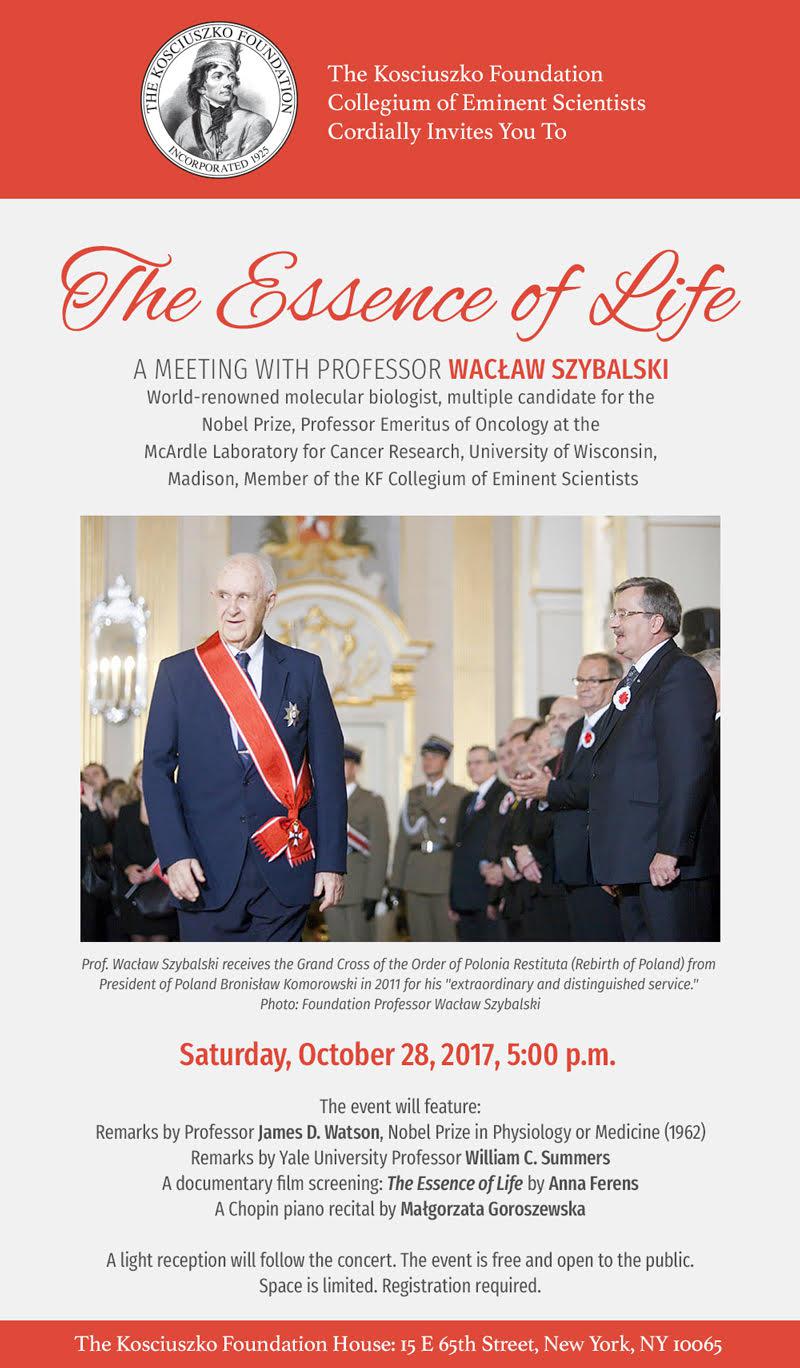
Past events
The Essence of Life - A meeting with Prof. Wacław Szybalski
Saturday, October 28, 2017, at 5:00pm
Professor Waclaw Szybalski
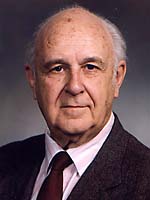
Wacław Szybalski, one of our greatest and best-known Polish scientists, is currently professor emeritus of oncology at the McArdle Laboratory for Cancer Research, University of Wisconsin. Dr. Szybalski was born in Lwów, Polandon September 9, 1921. He pursued his education and training at the Politechnika Lwowska (currently Lviv Technical University), the Politechnika Śląska (SilesianTechnical University) and the Politechnika Gdańska (Gdańsk Technical University) where he obtained a D.Sc. in Chemistry in 1949. Since 1950 he has lived in the Unites States where he has made major contributions to our understanding of molecular biology and genetics. His significant discoveries have had a major impact on our understanding of life processes and have contributed substantially to the development of therapeutics for a variety of diseases.
Dr. Szybalski early showed signs of his remarkable creativity while still a student at the Politechnika Lwowska (1939-1944). There he devised a method of paper chromatography that found wide application. Soon after, in Denmark (1946-1949), he made important contributions by elucidating the kinetics of certain chemical reactions and by devising a simple method to prevent the corrosion of iron pipes caused by aerobic bacteria. His prolific research output in the United States began with genetic studies of drug resistance that led to the use of multi-drug therapy that is now widely used to treat bacterial infections, viral infections and cancer (1953-1956). His studies of the genetics of the antibiotic-producing soil microorganism, Streptomyces, yielded information that was useful in the commercial production of streptomycin, an effective therapeutic for treating tuberculosis.
HAT cell culture medium, that Dr. Szybalski developed together with his wife Elizabeth Szybalski in 1961, stands out as advancing our understanding of fundamental biological processes and providing for the development of numerous medical applications. In 1962 Dr. Szybalski was the first researcher to perform gene transfer into mammalian cells (using the HAT medium) and to introduce the ground-breaking idea that treatment for human genetic diseases could be made possible through gene therapy. Monoclonal antibodies, now widely used in diagnosis and therapy, would not have been possible without HAT medium. Monoclonal antibodies are now widely used to treat Crohn's Disease, Cancers and numerous other conditions that had not responded to conventional therapies. In 1963 he synthesized the first biologically active transforming DNA and in 1974 he introduced the term "synthetic biology" (1974) into the emerging field of designing and constructing synthetic biologically active molecules. His many contributions to genomics include novel designer activities for restriction enzymes, single-copy amplifiable gene libraries and a variety of other techniques used to study the human genome.
Still active professionally at 96, Professor Szybalski can list among his accomplishments more than 700 scientific publications. His works have been cited more than 12,000 times and his h-index is a remarkable 56. For his scientific achievements he has been repeatedly nominated for the Nobel Prize. He is a Foreign Member of the Polish Academy of Sciences and has received honorary doctoral degrees (Doctor Honoris Causa) from the University of Marie Skłodowska–Curie in Lublin, the University of Gdańsk, Gdańsk Technical University (Politechnika Gdańska), the Medical University of Gdańsk and the Jagiellonian University in Kraków. Professor Szybalski has also been recognized with the Order of Merit, Commander Class of the Republic of Poland (2004) and the Grand Cross of the Order of Polonia Restituta (Rebirth of Poland) that was presented to him by the President of Poland on May 3, 2011.
Dr. James D. Watson
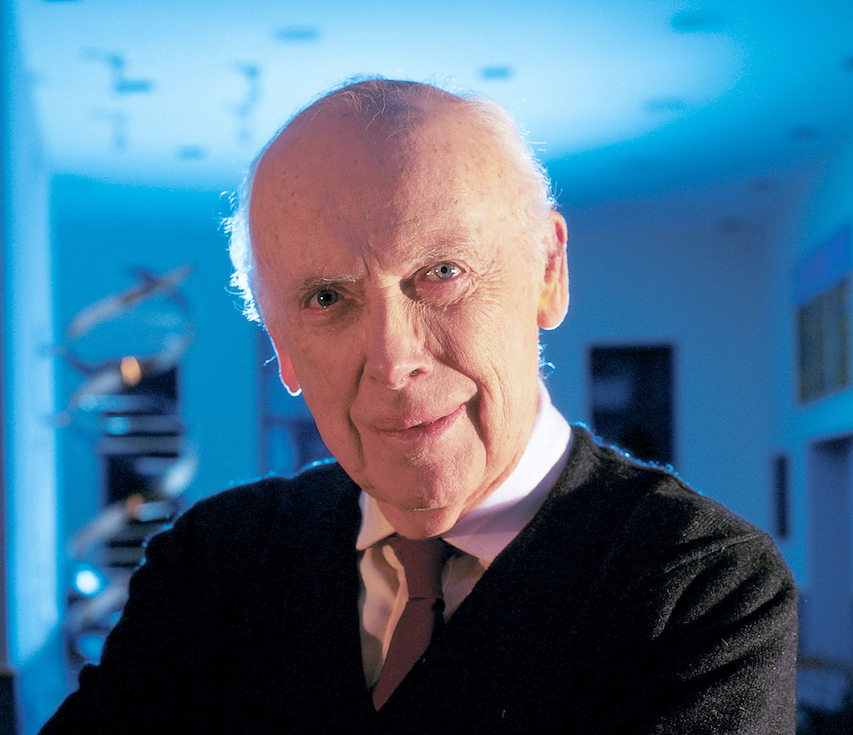 Dr. James D. Watson is President emeritus of Cold Spring Harbor Laboratories. He was born in Chicago in 1928 and spent his early years there. He attended the University of Chicago before earning his Ph.D. at Indiana University. After postdoctoral studies in Copenhagen he moved on to the University of Cambridge's Cavendish Laboratories where he and his colleague Francis Crick undertook studies to determine the structure of DNA, then identified as the molecule that carried genetic information. Their discovery of the double helix structure of DNA published in Nature in 1953, revolutionized the study of biology and a laid out a blueprint for the many advances that have increased our understanding of the fundamental processes of life. Dr. Watson together with Francis Crick and Maurice Wilkins received the 1962 Nobel Prize in Physiology and Medicine for their discovery. Dr. Watson is a prolific author, and his books are widely read. The Double Helix (1968) his first-person account of how he and Francis Crick resolved DNA's molecular structure, is must reading for scientists and non-scientists alike.
Dr. James D. Watson is President emeritus of Cold Spring Harbor Laboratories. He was born in Chicago in 1928 and spent his early years there. He attended the University of Chicago before earning his Ph.D. at Indiana University. After postdoctoral studies in Copenhagen he moved on to the University of Cambridge's Cavendish Laboratories where he and his colleague Francis Crick undertook studies to determine the structure of DNA, then identified as the molecule that carried genetic information. Their discovery of the double helix structure of DNA published in Nature in 1953, revolutionized the study of biology and a laid out a blueprint for the many advances that have increased our understanding of the fundamental processes of life. Dr. Watson together with Francis Crick and Maurice Wilkins received the 1962 Nobel Prize in Physiology and Medicine for their discovery. Dr. Watson is a prolific author, and his books are widely read. The Double Helix (1968) his first-person account of how he and Francis Crick resolved DNA's molecular structure, is must reading for scientists and non-scientists alike.
Professor William C. Summers
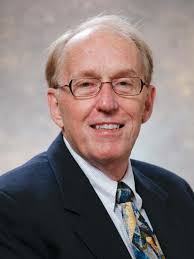
Professor William C. Summers is Yale University Professor Emeritus of Therapeutic Radiology, Molecular Biophysics and Biochemistry as well as a lecturer in the History of Medicine. He also serves as Lecturer in History at Yale University. His interests range from molecular biology to Chinese culture and history. A much-published researcher in virology and in the history of science and medicine, Professor Summers earned both his M.D. and his Ph.D. in molecular biology in Professor Szybalski's laboratory at the University of Wisconsin in 1967. He joined the Yale faculty in 1968. Professor Summers has held fellowships and visiting faculty positions at major research universities in the United States, Sweden, Great Britain, and China. He serves on numerous panels and editorial boards.
The Essence of Life - A Documentary about Prof. Wacław Szybalski by Anna Ferens
In the informative and artistic fashion that interweaves seriousness with a dash of humor, the movie tells a fascinating story of scientific curiosity, determination and personal drive needed to overcome innumerable obstacles on the road to success in science. In the case of professor Szybalski these include the horrors of German and Soviet occupation of Polish Lwów (the beloved city of his birth -where he worked in the famous Weigl Institute conducting research on the typhus vaccine), the pain of life under the Stalinist regime inflicted upon Poland after WWII and the challenges of establishing a scientific career after arriving in the US with just a few dollars in his pocket.
The leitmotif of the movie is Professor Szybalski's interest in understanding the chemical essence of life. Interestingly, he recognized that DNA was the carrier of genetic information at the time when vast majority of scientists believed that proteins performed this function. Szybalski based his conviction on the Avery–MacLeod–McCarty experiment described in the 1944 paper found in a UNRRA (United Nations Relief and Rehabilitation Administration) package that somehow miraculously fell into his hands after it arrived in Poland in 1944. It was only in 1952 that the scientific world accepted the role of DNA as the genetic material as confirmed by the convincing data reported in the milestone Hershey-Chase experiment. By this time Prof. Szybalski was establishing himself at Cold Spring Harbor Laboratory where he had arrived after several years of research in Kopenhagen, Denmark.
In his quest to understand the chemical essence of life, Szybalski became a pioneer in molecular biology, genetics and genomics. Dr. James D. Watson, recognized with a Nobel prize for elucidating the structure of the DNA molecule, says of his friend Dr. Szybalski that his research was seminal and broad-ranging, and that he is widely credited with devising the concept of multi-drug antibiotic therapy and creating the foundations 0f gene therapy as well as for establishing the field of synthetic biology.
Beginning in the 1990s Dr. Szybalski's lab joined the effort to sequence the human genome by developing specialized techniques for cloning, amplifying, and sequencing genomic DNA. Using his background in chemical engineering he also developed a number of other useful techniques. In addition to Nobelist James Watson the movie also features interviews with several colleagues from the University of Wisconsin-Madison where Dr. Szybalski produced most of his research accomplishments as Professor of Oncology in McArdle Laboratory for Cancer Research. And as always, he stresses his gratitude for the world-class education (in Chemical Engineering) that he received in Lwόw, Poland.
 Anna Ferens is an award-winning documentary filmmaker, screenwriter and journalist. She directed a number of films including "A Place to Stand," "Jews in the Warsaw Uprising 1944" (co-directed with Anna Kowalewska-Onaszkiewicz), "Man Seeks Woman," "Where Wild Strawberries Grow," "Three Buddies" (co-directed with Ewa Stankiewicz) and "What Can Dead Prisoners Do" that won the Best Documentary Award at 2011 Polish Film Festival in New York City. She is also the co-author of the "Erratum to the Biography" TV series.
Anna Ferens is an award-winning documentary filmmaker, screenwriter and journalist. She directed a number of films including "A Place to Stand," "Jews in the Warsaw Uprising 1944" (co-directed with Anna Kowalewska-Onaszkiewicz), "Man Seeks Woman," "Where Wild Strawberries Grow," "Three Buddies" (co-directed with Ewa Stankiewicz) and "What Can Dead Prisoners Do" that won the Best Documentary Award at 2011 Polish Film Festival in New York City. She is also the co-author of the "Erratum to the Biography" TV series.
Chopin piano recital by Malgorzata Goroszewska
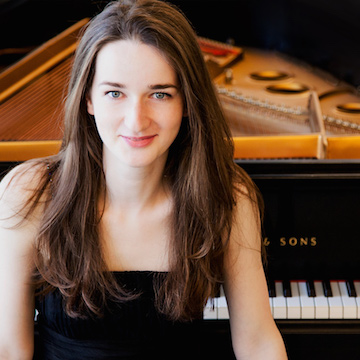 Malgorzata Goroszewska is a Polish artist, currently residing in New York. She recently returned from a Lincoln Center Stage performance tour when she played over two hundred chamber music concerts. Malgorzata is currently pursuing her doctoral degree at Stony Brook University, under Gilbert Kalish. She earned her Master of Music degree in Piano Performance under Professor Joseph Kalichstein at the Juilliard School.
Malgorzata Goroszewska is a Polish artist, currently residing in New York. She recently returned from a Lincoln Center Stage performance tour when she played over two hundred chamber music concerts. Malgorzata is currently pursuing her doctoral degree at Stony Brook University, under Gilbert Kalish. She earned her Master of Music degree in Piano Performance under Professor Joseph Kalichstein at the Juilliard School.
A Polish native, she grew up with affinity for the Polish composer Frédéric Chopin. In 2010 she was honored by the Polish Institute in Vienna for her interpretations of Chopin's music and was awarded the Warsaw City Scholarship of John Paul II. In 2012, she toured with the international orchestra "I, Culture Orchestra", an ongoing project to bring Eastern and Western Europe together through music (concerts in Lublin, Warsaw, Minsk, Kiev, Chisinau and Tbilisi). MORE

